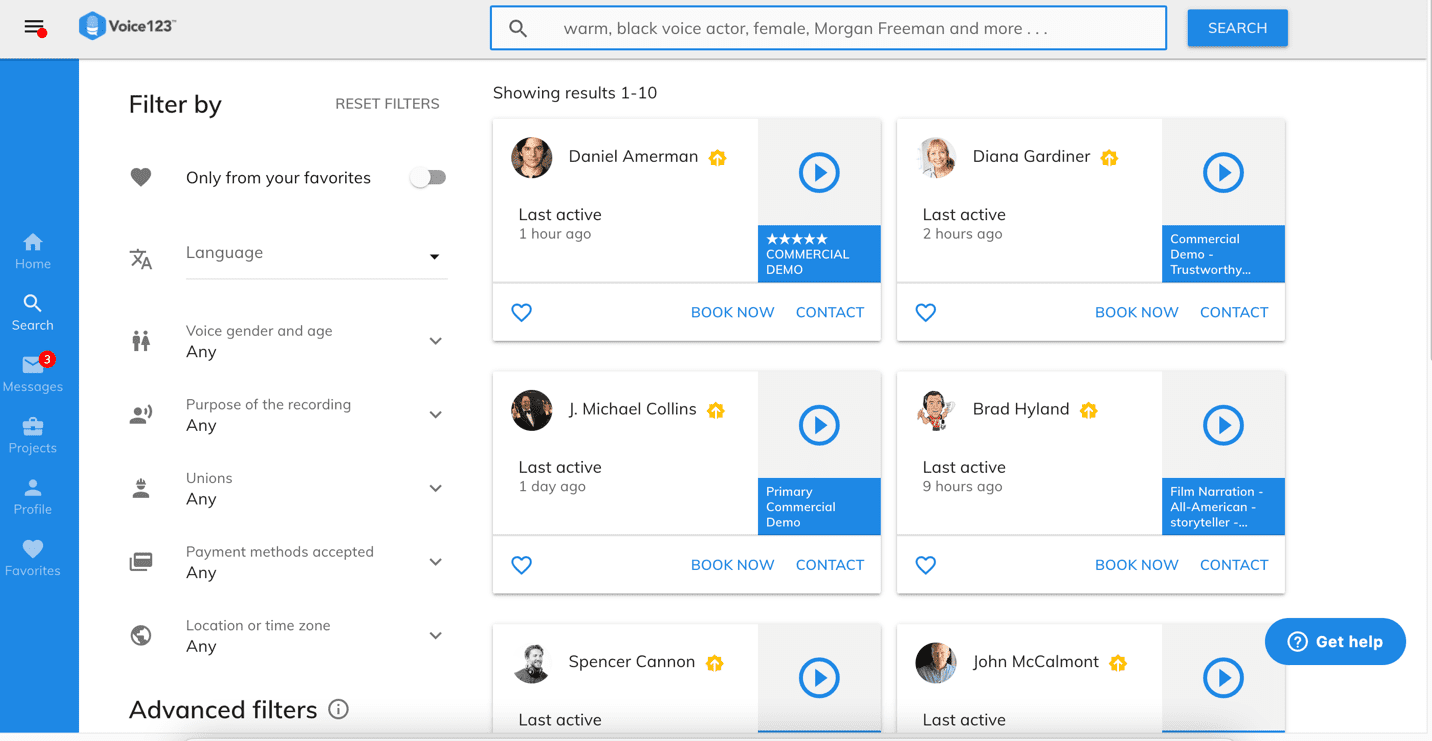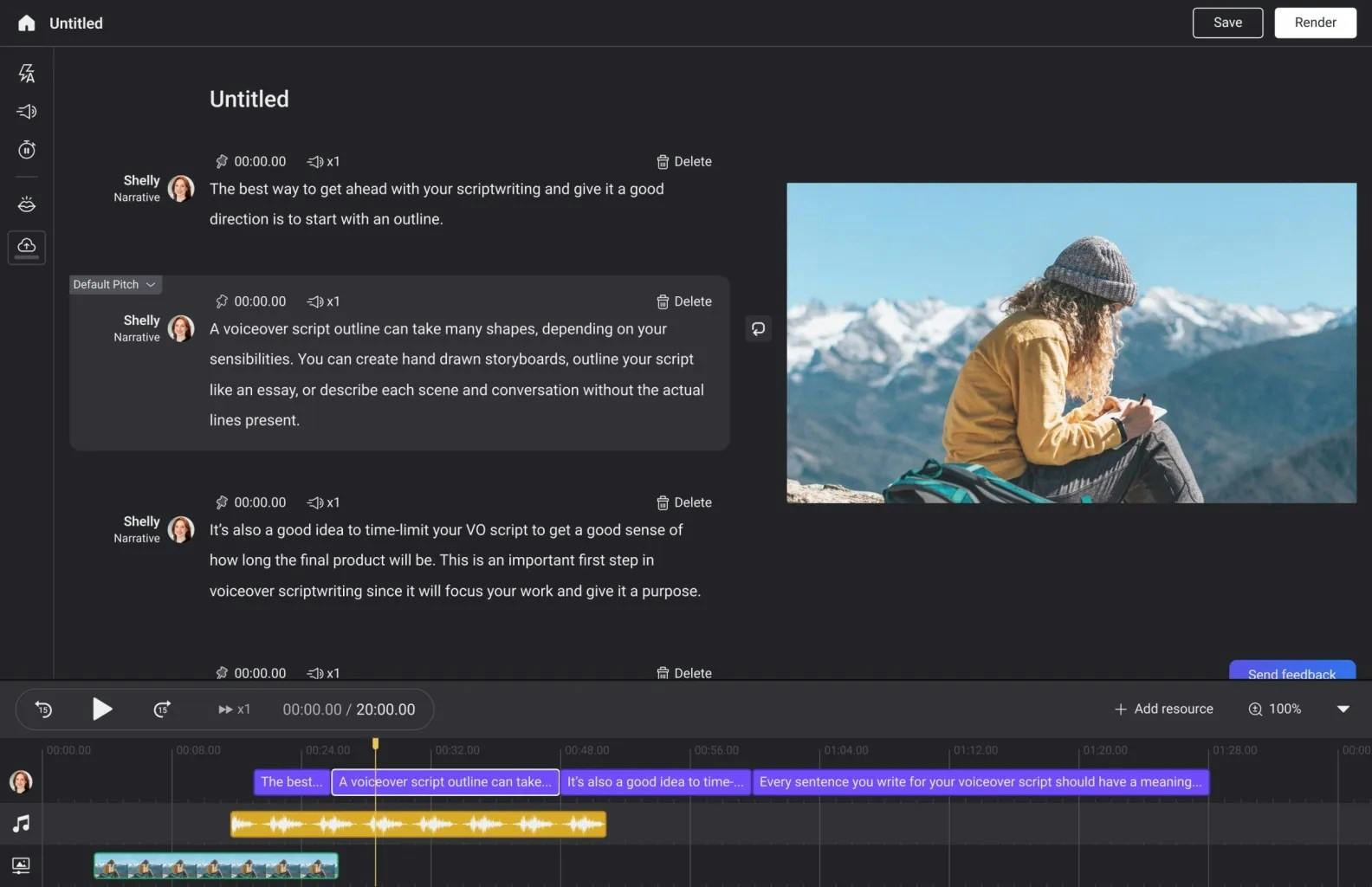You’ve written up your masterpiece. You’ve got your films shot and done, too. All you need is the audio pieces to fit in and you are set. Sounds simple, but do you know what you need or want exactly?
Whether you’re an educator, marketer, writer, corporate coach, podcaster, animator or customer support, there is a plethora of things to consider when you are trying to set up a budget for a “voice work”.
Some of these include:
- How many different voice styles need to be acted out
- How much script per each style should be read
- Internal or commercial (and if commercial, will it be broadcasted on TV, and if so, local or national, or international?)
- how long should the rights last or if the rights can be transferred
- whether the voice actor can also use the finished audio as a sample for their portfolio
- how many revisions are necessary
- how urgent are the drafts / revisions
- should the voice actor record in their home studio or be called upon
- further audio edits
- abbreviations, acronyms, foreign words, or any special words to look after
- script content
- and so on.
But what if you could eliminate the cost increases based on the number of edits, the urgency of turnaround, or perpetual commercial rights? Better yet, what if you didn’t have to worry about any of these at all, and all you had to think about was “hmm, what should I write about?”
AI Voice vs. Freelance Human VO
The clearest line of comparison between a freelance voice actor and an AI voice can be drawn in the monetary fee you actually pay. A 5-minute human voiceover for a TV commercial with a few revisions can easily cost $2~300, and depending on which voice you choose and the length of the agreement, can easily rack up to $1~2,000 or more.
In comparison, AI voices have a far more accessible price tag. Free TTS platforms offering a variety of different voices are widely available in the internet, and even the more expensive ones charge you at max $1~200 per month. That’s more than a 90% in cost saving – AND with no strings attached!
Time and Energy
While less obvious than the cash amount deducted from your bank account, human resources spent on the voice work should also be considered as a cost factor. There is a clear distinction when it comes to the complexity of the process involved in working with either a freelance voice actor or an AI voice. Let’s do a step-by-step breakdown of the process.
Step 1) Choose
You have to go through the process of choosing the right voice actor for you. This usually involves sampling through numerous voice profiles, each with its own unique selling point. Thankfully, many marketplaces nowadays offer category-based catalogues to simplify your search, but many a times each individual freelancer profile can contain a variety of samples for you to go through.

Step 2) Deal
Once you’ve chosen the right actor, you will have to negotiate a rate. As stated before, rates are dependent on numerous factors and can vary by scenario. The availability of a voice actor is also dependent on both the demand of the particular freelancer, and his/her corresponding schedule.
Step 3) Get to Work
After discussing a fair rate, the voice actor will collaborate with you to make sure that the output is up to your standards. This stage can involve numerous reedit requests and re-recordings to customize the final voiceover, and usually takes days of communication and planning.
With an AI voice, there is no need to work with anyone but yourself. You still have to sample through a few voice profiles, but this stage would only take at most 5 minutes, with collections organized by diverse parameters such as tone, emotion, age, gender, use-case, and other filters that allow you to make a smart search. And it goes without saying that voice actors are available to use at your whim 24/7, and there are no rates to discuss. Or if you want, you can also create your own custom voice for your brand!

With all the time you save, you can now focus on the crucial tasks required for successful content creation. Speaking of customization, modern-day text-to-speech (TTS) platforms offer countless levers and knobs that allow you to seamlessly make edits to your voiceover – in real-time. You can add emphasis to particular words in a sentence, modify speech speed and even change the emotional tone of a voice. If there are specifically complicated terminology or pronouns to pronounce, you can easily train your voiceover interface to correct its pronunciation. You can even control the minute pitches of each vocalized phoneme. The possibilities are vast, and continue to grow.
Scalability & Localization
As the scope and scale of your voiceover operation grows, so does the applicability of an AI voice. When automating enterprise call centers, producing localized e-learning content, or giving hundreds of unique voices to NPCs in a virtual game, relying on a freelance voice actor can introduce large roadblocks. Any large-scale voice project would require hundreds of hours of collaborative work, studio sessions, and numerous voice actors to complete. In stark contrast, an AI voice can be almost immediately tested and deployed, and would only require a few hours of custom modifications to implement.
The creation process for a voiceover through the human VO method becomes even more complicated and cumbersome as localization gets involved. Imagine you’re creating a corporate training course. For that course to be widely accessible to international viewers, you’ll need to produce that course in a variety languages other than the primary dominant language. For each language added, one has to go through a completely new and separate selection and production process — working to find, vet, negotiate, and collaborate with a new voice actor each time.
Conclusion
In summary, both the human and AI routes are viable options, each with its own advantages. Human VOs are understandably still the norm in dramatic fields that require creativity and careful artisanship. But AI voice can serve an invaluable complementary role, filling in the technical gaps, democratizing access to quality voices, and significantly decreasing content creation costs for both individuals and big corporations. As such, if you’re looking for a voiceover that is easily customizable, infinitely scalable, and a good bang for your buck, an AI voice actor could be the right fit for your next project.
If you still can’t believe us when we say that AI voices are the future, try out Genny for yourself!
Check out other posts you might be interested in:
– How to Create a Professional Voiceover in 5 Minutes
– 10 Best Text to Speech Tools to Help You Create Enthralling Content


